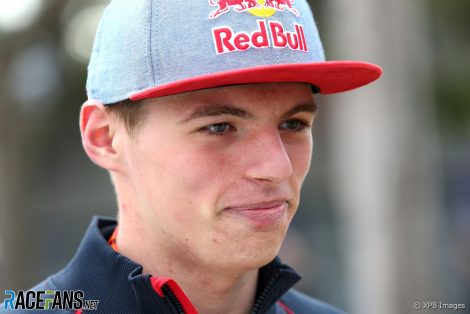The Formula 1 superlicence has been around so long it was introduced when motorsport was not under the direct management of the FIA, but instead the Commission Sportive Internationale. The CSI later became the Federation Internationale du Sport Automobile, which was eventually brought until the FIA’s aegis.
The process by which drivers qualify for the precious licence which permits them to compete at the highest level of motorsport has attracted scrutiny well before the latest row over the FIA’s refusal to allow Colton Herta to join the field for the 2023 F1 season.
Driving standards were under intense scrutiny at the front and the back of the F1 grid at the start of the nineties. Charging drivers for the privilege of being able to race in the pinnacle of motorsport seemed like a sensible way of filtering out those who did not have the pace to race against the best. But it attracted criticism, such as when Japanese Formula 300 race-winner Akihiko Nagaya was refused a licence in 1992.
The superlicence idea had its supporters and detractors, and the debate around it evolved with each decade as F1 became ever more professional. In the 2000s, drivers asked for the price of the annual renewal of their superlicence to be cut – despite most of them earning six figures or more per season – and the argument persisted for several years.
In 2015 a points-based system was introduced. It was not to stop slow drivers, but to make sure drivers were adequately prepared for the step up to F1 by requiring they compete in car racing for a certain amount of time before that. It’s popularly described as the FIA’s response to Red Bull putting Max Verstappen in F1 after a single year in single-seater racing.
The threshold number of points needed to enter F1 has always been 40 points. The original points system valued winning the GP2 championship (now F2) at 50 and set a higher tier for a a ‘future FIA F2 championship’ which would award up to 60 points. These were later reduced so the maximum available became 40.
At the top of the superlicence points table is F2, F1’s primary feeder and support series, and subsequently the series has been the undisputed final stepping stone. Of the 22 drivers to have made their F1 race debut since 2016, 15 have come straight from F2 and its predecessor GP2. Five of the remaining seven made it to F1 as a mid-season signing or a one-off stand-in, so only two times in seven years…
Click Here to Read the Full Original Article at RaceFans…

